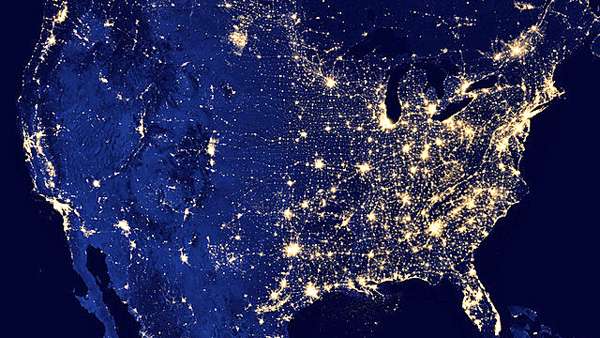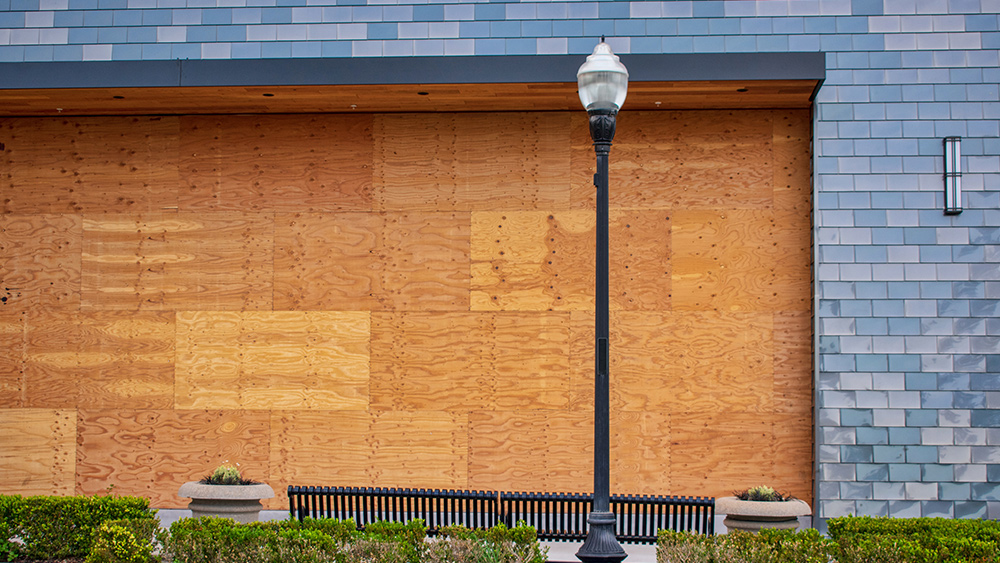
“As it is possible that light-sensitive insects have already disappeared in regions with high levels of light pollution, we conducted our study in the still relatively dark Prealps,” Knop said.
According to the study that the team conducted in the Bernese Prealps, the flowers on the meadows that were lighted with street lamps were visited two-thirds less frequently by pollinator insects like beetles and flies than those that were not illuminated by any sort of artificial light source.
Within the last 20 years, light emissions all over the world have increased around 70 percent, particularly in residential areas. At night time, around 300 insect species visited the flowers of around 60 plant species in rural meadows that have no artificial sources of lighting nearby, the research showed.
However, on meadows with experimentally set-up street lamps, nocturnal pollination that was happening in the area decreased by 62 percent, and the area was visited by 29 percent fewer pollinator species. (Related: Many invasive pests necessary for pollination of plants, eliminating them could cause global devastation.)
The study also found that the activity of nocturnal pollinators have an indirect effect on the activities of diurnal – or those who pollinate during the day – pollinators. This could be that due to the activity of nocturnal pollinators at night, diurnal pollinators are provided with more nutrition. Therefore, a loss in nocturnal pollination also spells a loss in day-time pollination.
Read up on more stories such as this one at HomeGardeningNews.com.
Sources include:
Please contact us for more information.






















